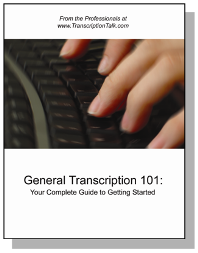We already reviewed punctuation of coordinating conjunctions here, but there are a few coordinating conjunctions that often throw people for a loop. Those are "nor," "yet" and "so." It's not that these are necessarily difficult; they just aren't as common as "and," "but," "for" and "or."
When not being used in a correlative pair with neither, "nor" is used to make negative correlations. In these cases it would be preceded by a comma.
Amy doesn't like sushi, nor does she enjoy eating steak tartare.
"Yet" can be used as a coordinating conjunction and as an adverb. When being used as a coordinating conjunction it would function similarly to "but." A comma precedes yet when the clause following it is an independent clause; however, the comma is omitted when the clause lacks a subject, failing to be independent. "Yet" is also used in combination with "but" or "and," such as in the following example.When not being used in a correlative pair with neither, "nor" is used to make negative correlations. In these cases it would be preceded by a comma.
Amy doesn't like sushi, nor does she enjoy eating steak tartare.
She didn't have the money to fly to Greece, and yet she made the hotel reservations for June.
"So" is probably the most difficult coordinating conjunction to punctuate, and a lot of that has to do with style differences. It often functions in its coordinating conjunction role by separating two independent clauses with a comma preceding it. However, there are times when so can be preceded by a semicolon, such as when it means "in addition," or where it can be followed by a comma when it starts a sentence and is being used as a transition or to sum up what was said before. (These are some of those stylistic things I was talking about.)
I am making spaghetti for dinner, so are Mandi and Tara.
So, I hid all the remote controls and proceeded to enact my temporary TV ban.










































0 Comments:
Post a Comment